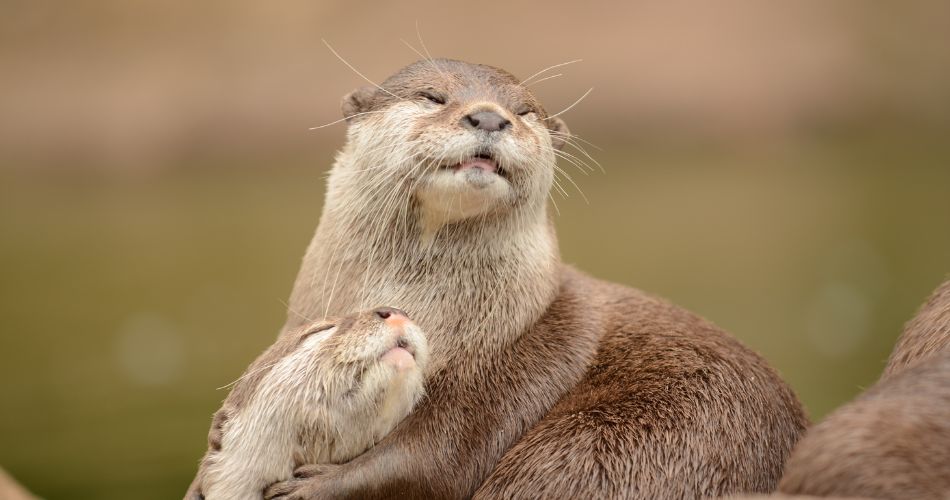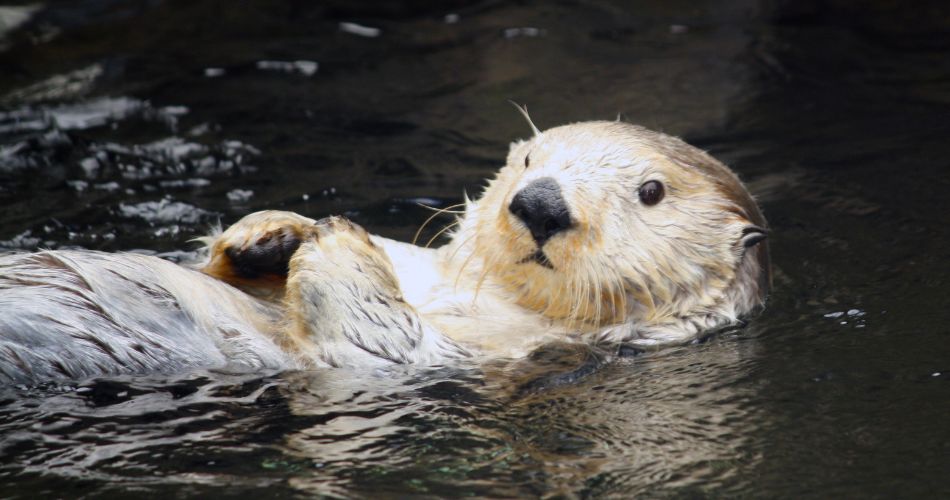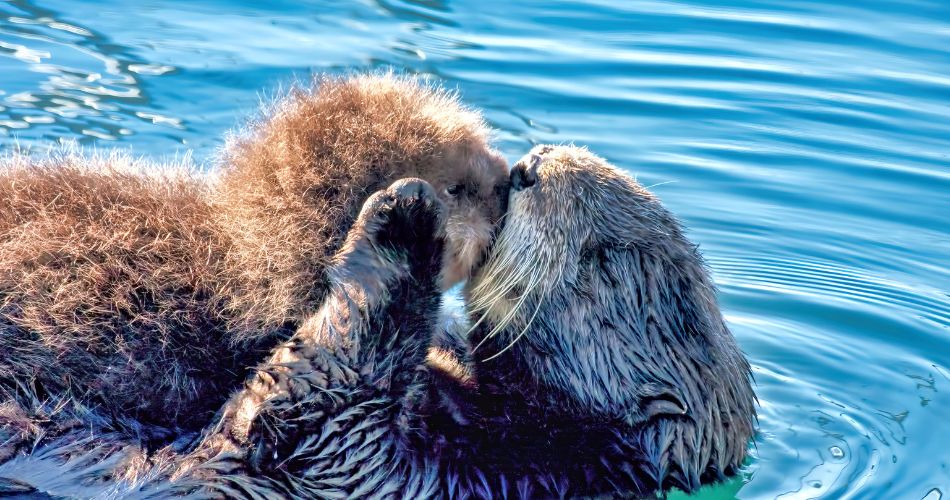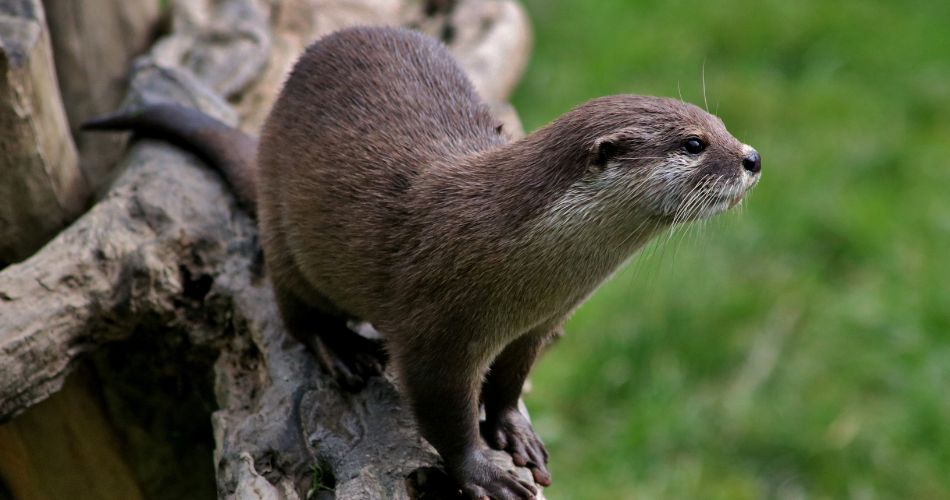World Otter Day is observed annually on the last Wednesday of May, which in 2025 falls on May 28. This day is dedicated to raising awareness about otters, celebrating their unique characteristics, and promoting their conservation worldwide.
History of World Otter Day
World Otter Day was established by the International Otter Survival Fund (IOSF) to draw global attention to the plight of otters and the urgent need for their conservation. Initially, in 2009, IOSF launched “Otterly Mad Week,” a series of events aimed at educating the public about otters. This initiative evolved into International Otter Awareness Day in 2014 and was later rebranded as World Otter Day in 2016. 1
Since its inception, World Otter Day has grown into a global movement, with events and campaigns organized in numerous countries. These activities aim to educate people about the 13 otter species, many of which are facing threats such as habitat loss, pollution, and illegal trade.
Why is World Otter Day important?
World Otter Day is crucial because it highlights the significant role otters play in maintaining healthy aquatic ecosystems. As apex predators, otters help regulate prey populations, contributing to the balance of their habitats. Their presence often indicates a healthy environment, making them essential for ecological monitoring.
Moreover, the day brings attention to the numerous threats otters face, including habitat destruction, pollution, and poaching. By raising awareness and promoting conservation efforts, World Otter Day encourages individuals and communities to take action in protecting these charismatic creatures and their environments.
- Emphasizes the ecological importance of otters
- Raises awareness about the threats they face
- Promotes conservation and habitat protection efforts
- Encourages community involvement in environmental stewardship
- Fosters appreciation for biodiversity and wildlife
How to Celebrate World Otter Day
Celebrating World Otter Day can be both educational and enjoyable. Visiting local zoos or aquariums that house otters provides an opportunity to learn about their behavior and conservation status. Participating in workshops or talks hosted by wildlife organizations can further deepen understanding.
Engaging in community events such as river clean-ups or habitat restoration projects directly contributes to the well-being of otters and their ecosystems. Additionally, sharing information on social media using the hashtag #WorldOtterDay helps spread awareness and encourages others to get involved.
- Visit local zoos or aquariums to learn about otters
- Participate in wildlife conservation workshops or talks
- Join community clean-up or habitat restoration projects
- Share educational content on social media with #WorldOtterDay
- Support organizations dedicated to otter conservation
Amazing Facts About Otters

- Otters hold hands while sleeping!
Sea otters are famously affectionate and often hold hands with each other while floating on their backs. This adorable habit helps them stay together and avoid drifting apart in the ocean currents while they nap.

- They have the densest fur in the animal kingdom.
An otter’s coat contains up to a million hair strands per square inch! That thick fur keeps them warm since they don’t have a layer of blubber like other marine mammals. - Otters are tool users.
They’re one of the few non-primate animals that use tools. Sea otters use rocks to crack open clams and shellfish. Sometimes, they even keep a favorite stone in a pocket of loose skin under their arm! - They’re playful—and smart.
Otters love to slide down muddy or snowy banks just for fun. This playfulness isn’t just cute—it’s also a sign of their intelligence and strong social bonds. - Otters are environmental indicators.
The presence of otters in a river or coastal ecosystem usually means the habitat is healthy. They’re top predators and very sensitive to pollution, making them natural bioindicators of environmental health. - They’re great swimmers from birth.
Otter pups can float immediately after birth, although they need some time and swimming lessons from their moms before becoming expert divers.

- There are 13 species of otters worldwide.
From the giant otters of the Amazon to the Asian small-clawed otters, they live across continents, though many are now endangered due to habitat loss and illegal trade.

- They’re fiercely territorial.
Despite their cuddly appearance, otters can be highly territorial and defensive, especially when protecting their dens or young ones. - They use poop to communicate.
Yes, really! Otters use something called “spraint” (a fancy word for poop) to mark territory and convey information. Scientists can even identify species by the smell! - They’re surprisingly vocal.
Otters communicate with a variety of sounds: chirps, whistles, growls, and screams. Each sound can mean different things—like distress, curiosity, or a warning.
Otters are not just cute; they’re clever, curious, and crucial to the balance of their ecosystems. Whether sliding down a stream or floating with a shellfish snack, they never fail to fascinate!
World Otter Day Dates Table
| Year | Date | Day of the Week |
|---|---|---|
| 2025 | May 28 | Wednesday |
| 2026 | May 27 | Wednesday |
| 2027 | May 26 | Wednesday |
| 2028 | May 31 | Wednesday |
| 2029 | May 30 | Wednesday |
Subscribe to our newsletter and never miss a holiday again!

